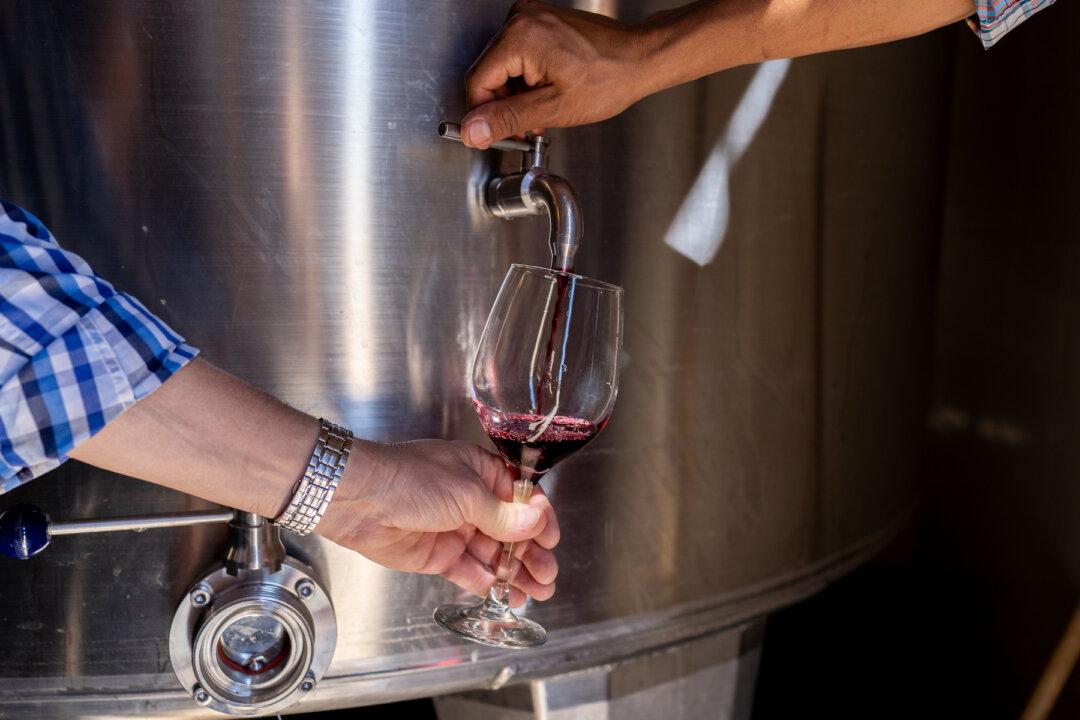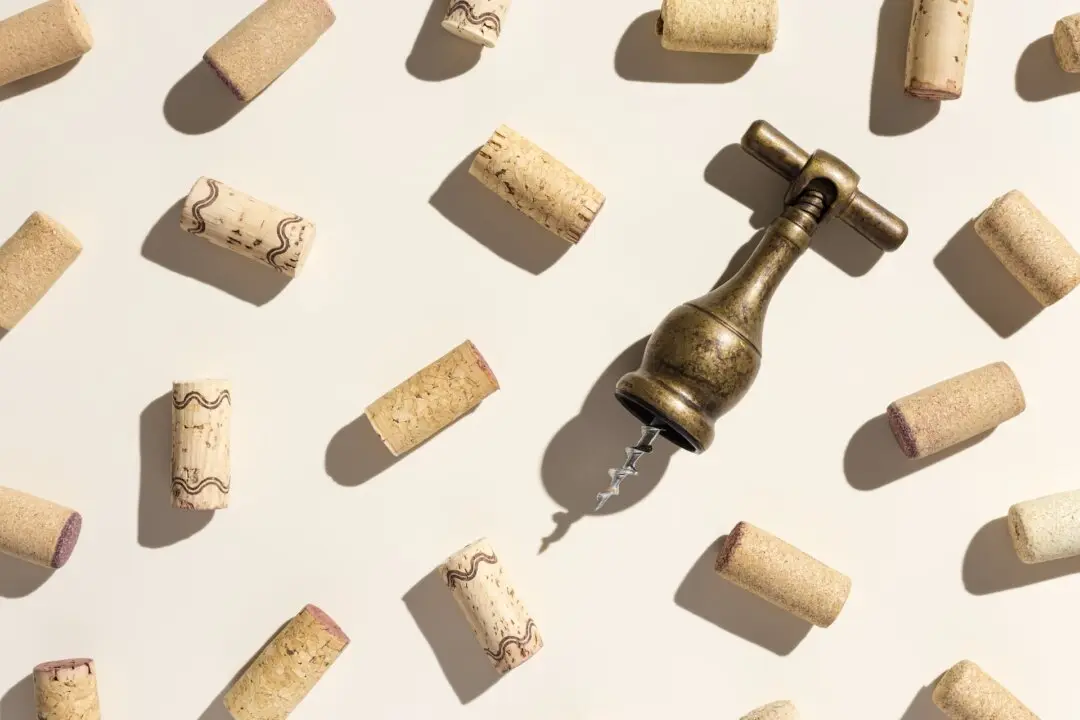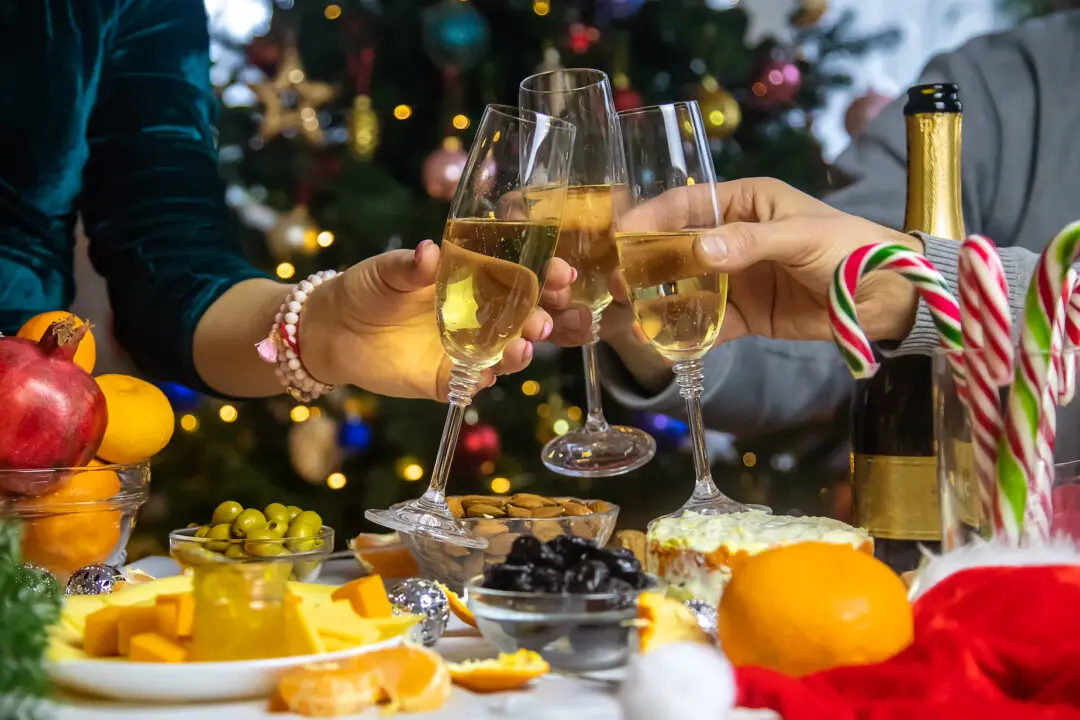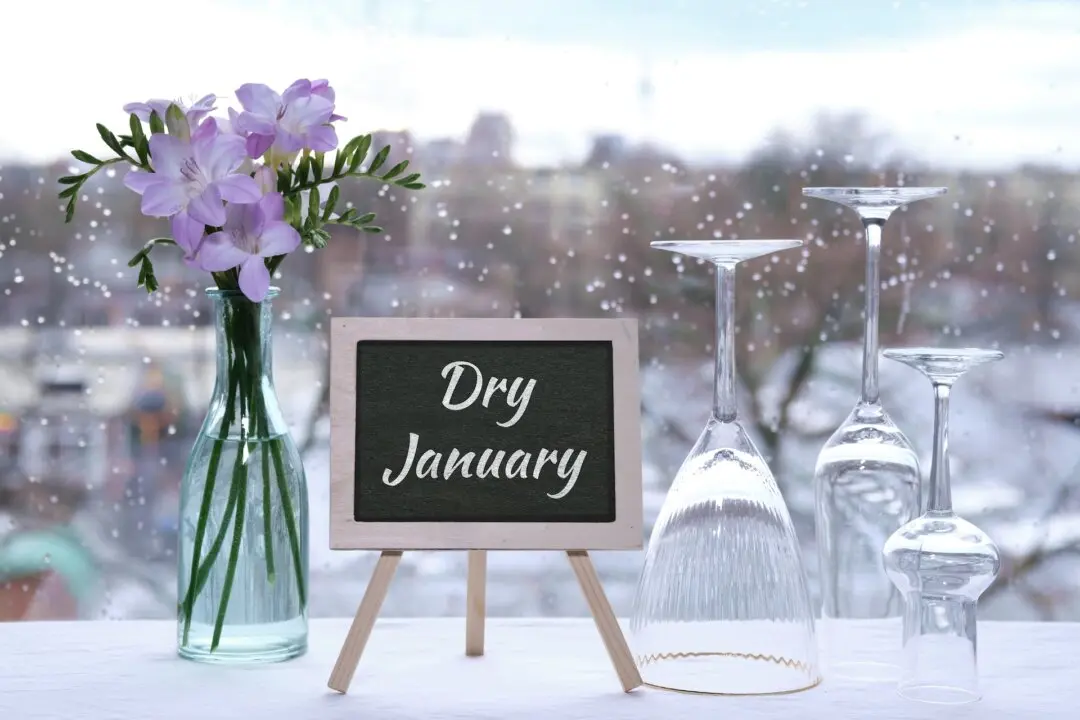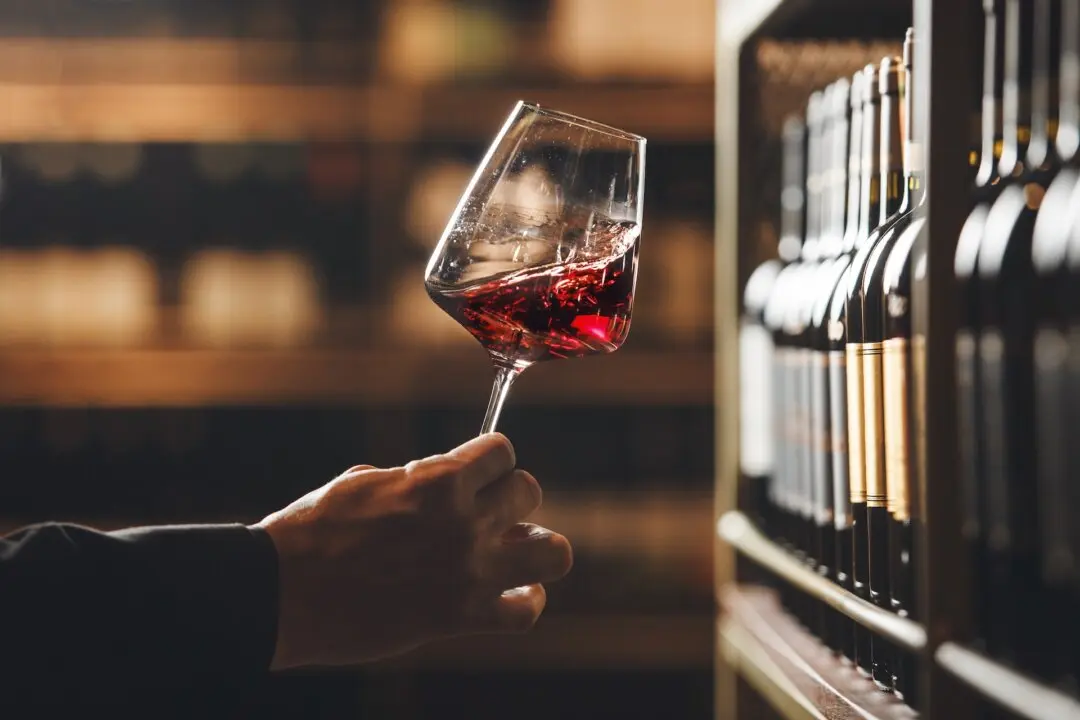Travelers to the French countryside, notably on country roads, often see café signs that advertise all-inclusive luncheons at reasonable prices, and the signs frequently say “vin compris.”
Such meals aren’t usually “elegante” or expensive. The two-word phrase means that wine is included in the price of the meal. This is partly because the French consider wine to be just another course in a normal meal.

